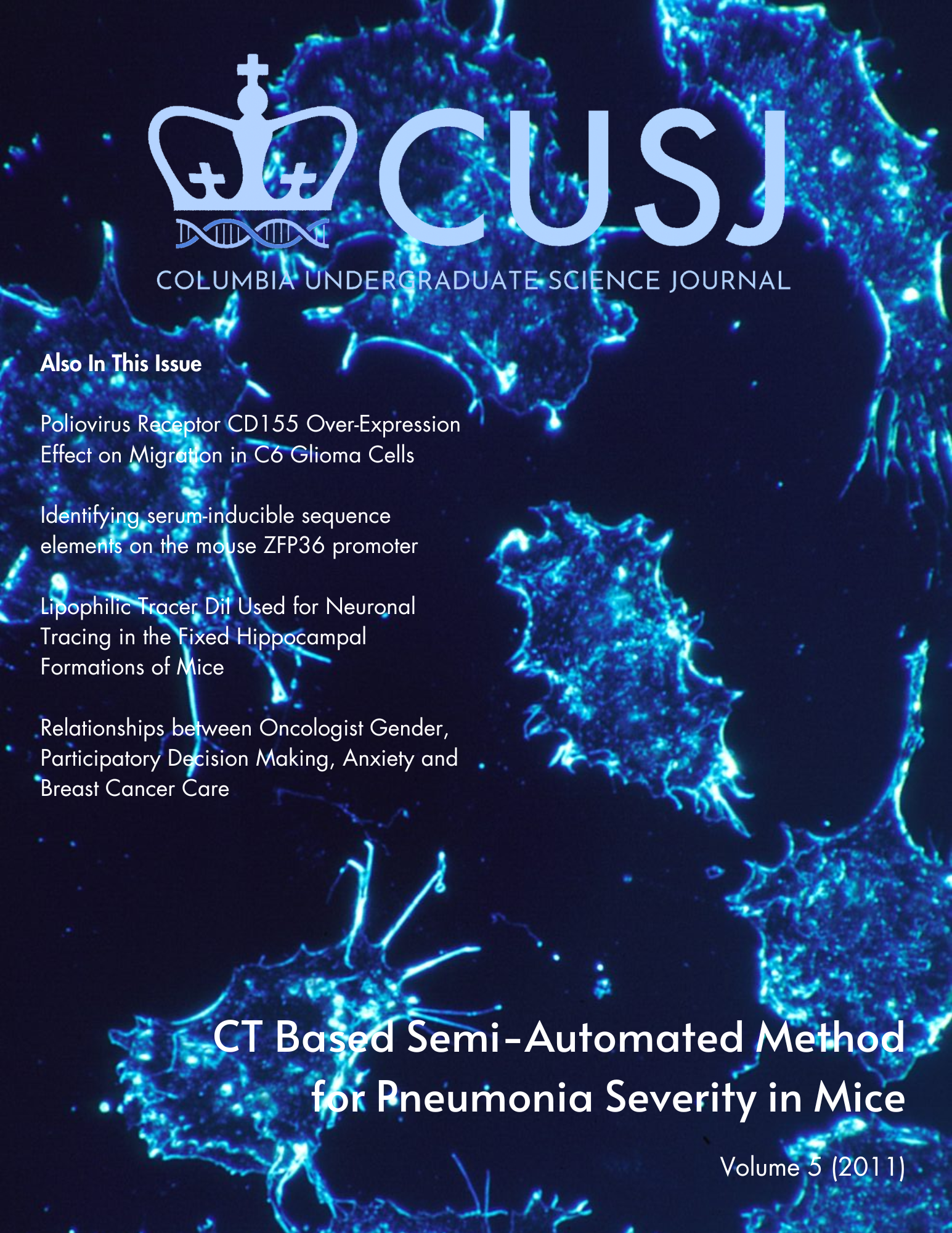Abstract
Project 1640 is a suite of instrumentation and software focused on high-contrast imaging of exoplanets, probing the parameter space of companion size > 1MJ and distance 5-50 AU around the host stars. The instrument consists of an apodized Lyot coronagraph, with a Mach-Zender interferometer and an integral field spectrograph, forming data cubes of dimensions right ascension, declination, and wavelength. P1640 is operated at Palomar Observatory in Southern California, in conjunction with their PALM-3000 adaptive optics system. Data reduction models out remaining speckle noise using principle component analysis and produces a residual cube, which can then be manually inspected for possible companions. For this summer project, data reduction using the Karhunen-Lo ́eve Image Projection (KLIP) algorithm was completed on many of the survey stars and inspected, in an effort to search for more candidates. At this time, two possible candidates have been found, and are awaiting further confirmation.

